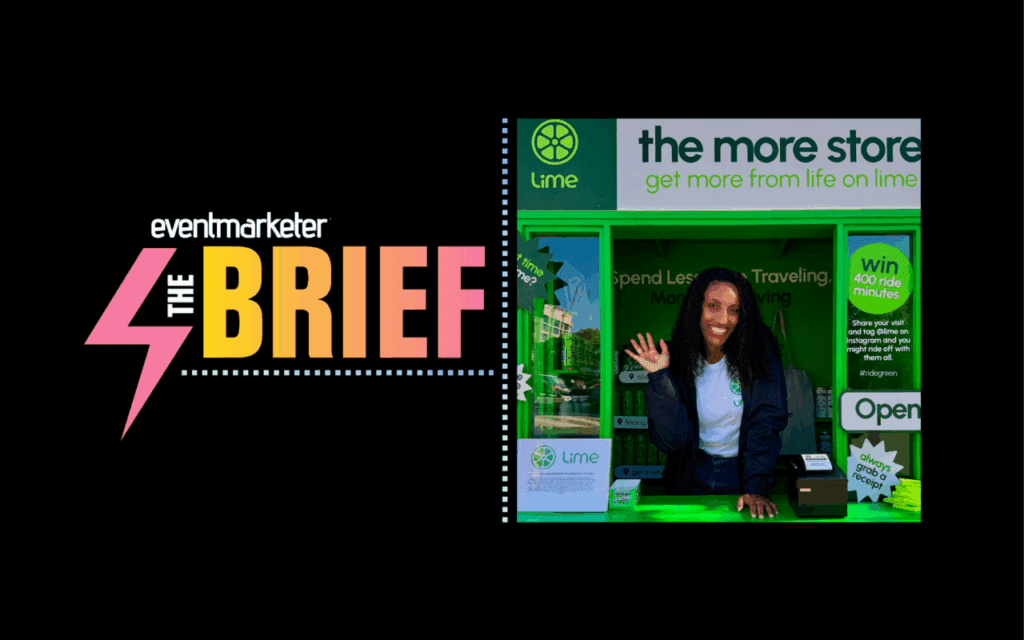B-to-B E-Mail Marketing may mean returns of gold, but marketers are still uncovering the tools to prospect
BUSINESSES SELLING to business people now know that the speed, cost-efficiency and strong response rates of e-mail make it a vital ingredient in the marketing mix.
Success stories – like that of computer-parts DMer Insight, which sells almost exclusively online – are hard to ignore. “We’re a billion-dollar-plus company, growing at 50-plus percentage a year,” says Brian Birch, senior vice president of marketing. A big reason for the profitability is managing sales and marketing costs by relying on e-mail marketing.
“It’s the rush to the Web,” says Reggie Brady, vice president of interactive services at Acxiom/Direct Media, Greenwich, CT. “There’s been a sea change over the last four months where everybody wants to get in this. At least they want to get their feet wet, do some testing and find out what offer, creative and lists are going to work for them.”
And they should rush – or they’ll be left behind. Web delivery of business information, including e-mail advertising, will be an $11 billion market worldwide by 2004, says a study by Forrester Research, Cambridge, MA.
In spite of their zeal to mine e-mail riches, marketers are frustrated by the lack of prospecting tools, particularly the scarcity of e-mail lists.
E-mail list brokers and managers say there’s somewhere between 80 and 200 lists to rent on the market – not nearly enough to accommodate the testing that marketers need to achieve facility with the medium.
Marketers compensate for the dearth of names by using services such as Thumbprints and SIFT, which find out the e-mail convention for naming at a company, then match employees’ names against probable e-mail addresses. Another service, E@Base, which appends postal to e-mail names, will soon be available from Acxiom. “If you can get 10% through E@Base and another 15% to 20% through Thumbprints, you’ve got a pretty decent pool of names to communicate with,” Brady points out.
Marketers have been slow to tout their e-mail lists online because of privacy concerns. They may feel they have a proprietary list that they don’t want competitors to see. Plus, they may worry that if they rent their names, their customers may misinterpret another marketer’s e-mail message as spam.
Technology professionals – the first to get e-mail ads – are “very vocal about making sure their privacy concerns are addressed,” says Deb Goldstein, president of IDG Communications List Services, Boston. “They will post complaints on user sites.” Goldstein, a pioneer e-mail marketer who began renting her controlled-circulation computer publication lists three years ago, advises marketers to be sure every person on the list has opted-in (usually by checking a box on a form online saying they want to receive information relevant to their profession from related marketers).
If this sounds like a lot of work, it’s nothing compared to the task of winning subscribers’ permission to convert postal lists to e-mail, maintains Denise Moser, director of data products development at Cahners Business Lists, Des Plaines, IL.
Her company is redesigning the B-to-B list arena: It is debuting 200 controlled-circulation business publication subscriber e-mail files – representing 1.8 million names. Some 20 lists are available this month.
Each individual on those lists was asked for permission to collect and use their e-mail address. “It’s time-consuming and very expensive, but it will be worth it in the long run,” maintains Moser. “So we don’t annoy anybody, we’re only allowing targeted offers [from other businesses] that they can really use. If it looks too consumerish, we don’t allow it,” she says.
Her methods have paid off in subscribers’ trust. The initial opt-out rate ranges from 2% to 7%. After the names are rented, less than 1% opt out per each rental.
Marketers who heard about the rentals through the grapevine were thrilled. At press time, Cahners hadn’t yet promoted the lists, but Moser still reports eight to 10 orders per week. “That’s fantastic pre-promotion,” she says.
Response is promising. “One of our [rental] customers got a 14% click-through rate [of customers visiting the Web site],” Moser mentions.
Another reason marketers clamor to rent such files is because subscribers are well-targeted. “They are the type of person who has a real relationship with the list owner,” explains Michelle Feit, president of the Edith Roman-affiliated Internet marketing company ePostDirect, Pearl River, NY. “They had to pay or qualify to be on the list. It is already very valuable in postal form because they are your customers – not just visitors to your site.”
That’s why B-to-B e-mail lists cost more per thousand than consumer e-mail files. The base price is $200 to $300, plus $100 for transmission.
Selections also increase list value. The average B-to-B list has job title, function, what products they purchase, annual company revenue – all the information that’s always been available on postal lists.
What marketers really want is online purchasing data.
“A number of companies are working on this,” observes Rosalind Resnick of e-mail firm NetCreations Inc., New York. “There are lists out there with purchase information, but they are not – to my knowledge – opt-in.”
E-mail database company Media Synergy Inc., Greenwich, CT, collects data on transaction and dollars spent for its client, which provides short-term return-on-investment analysis for the entire campaign and can track lifetime value of individual customers. “Many are using this information for their internal marketing efforts,” says John Wright, director of East Coast sales for the company. “To date, we have not seen any companies add this to their lists if they put them on the market.”
More lists and more selections may bring more marketers onto the testing ground, but uncovering the best-targeted prospecting files is still a challenge.
Insight meets the challenge by ignoring the open market. Instead, the Tempe, AZ-based company swaps names with affinity partners. In addition to the two it will name – Fast Company magazine and Baby Bell U.S. West – Insight has sought out firms that market to the small- and medium-size businesses it serves, including a Web-hosting service, training company and office supplier.
With nearly 1 million names of customers or prospects in its database for whom it has e-mail addresses, a pact with Insight is a good deal, points out Birch. “Through us they can reach their audience very effectively. Through them, we can reach new prospects,” he says.
 Network
Network

